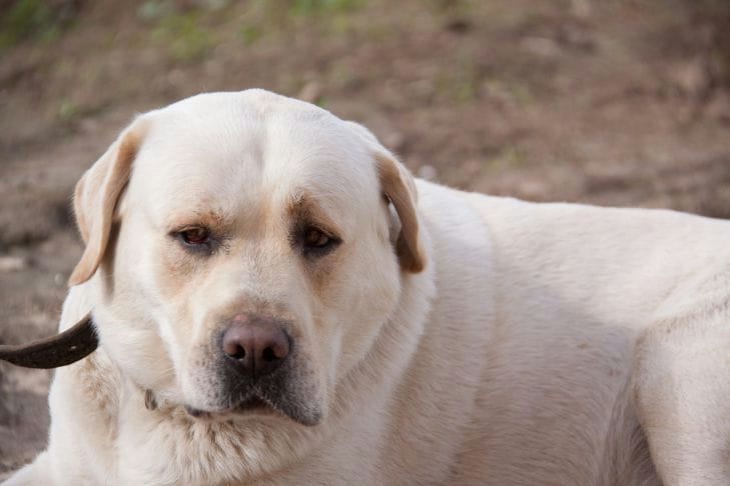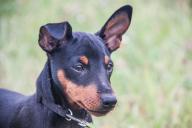Dogs, like people, can experience anxiety.
This condition can be caused by various factors: genetic predisposition, upbringing characteristics, stressful situations.
It is important to be able to recognize anxiety in your pet in order to provide him with the necessary help in time.

Physical manifestations of anxiety
Anxiety in dogs manifests itself not only in behavior, but also in physiological reactions. Owners should pay attention to the following signs:
Rapid breathing and heartbeat
In a state of anxiety, the dog's body mobilizes all its resources. This manifests itself in rapid breathing and heartbeat. The dog may begin to breathe frequently, even if it is not experiencing physical exertion.
Shiver
Body tremors are another common sign of anxiety. They may be subtle or strong enough to attract the owner's attention.
Increased salivation
Anxious dogs may begin to drool profusely. This is due to the activation of the sympathetic nervous system, which is responsible for the "fight or flight" response.
Dilated pupils
When a dog is anxious, its pupils dilate to provide better vision and to react more quickly to a potential threat.
Gastrointestinal disorders
Anxiety can negatively affect the gastrointestinal tract. The dog may develop diarrhea, vomiting, or refuse to eat.
Behavioral manifestations of anxiety
Behavioral manifestations of anxiety in dogs can be varied and depend on the individual characteristics of the animal, as well as on the cause that caused this condition.
Destructive behavior
Anxious dogs may start chewing furniture, shoes, and tearing things. This is a way to release accumulated energy and cope with internal tension.
Excessive barking
Some dogs start barking for no apparent reason when they feel anxious. The barking may be directed at people, other animals, or just random.
Aggression
In some cases, anxiety can trigger aggressive behavior. The dog may growl, bare his teeth, or even bite in an attempt to protect himself from a perceived threat.
Hiding
Anxious dogs may seek solitude and hide in quiet, dark places where they feel safe.
Licking
Some dogs begin to lick themselves or their owners intensely when they feel anxious. It is a form of self-soothing and a way to relieve tension.
Walking from corner to corner
Dogs that are anxious may pace aimlessly, unable to find a place to stay.
Loss of appetite
Anxiety can lead to a decrease in appetite or a complete refusal to eat.
Causes of anxiety
There are many different reasons why dogs may become anxious. It is important to identify the factors that are causing your pet's anxiety so that you can find effective ways to help.
Genetic predisposition
Some dog breeds are more prone to anxiety than others. This is due to the peculiarities of their nervous system, which are inherited.
Peculiarities of education
Improper training can cause your dog to develop anxiety. For example, abuse or lack of socialization can cause your dog to be afraid of people or other animals.
Stressful situations
Various stressful situations, such as moving, a new family member, a visit to the vet or groomer, can cause anxiety in a dog.
Diseases
Some diseases may be accompanied by anxiety and fear. For example, dogs with thyroid disease or pain syndrome may be more anxious than healthy animals.
Earlier we wrote about why a cat jumps on walls.








